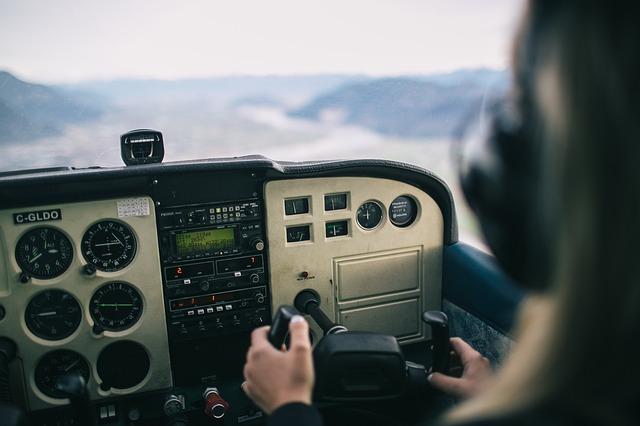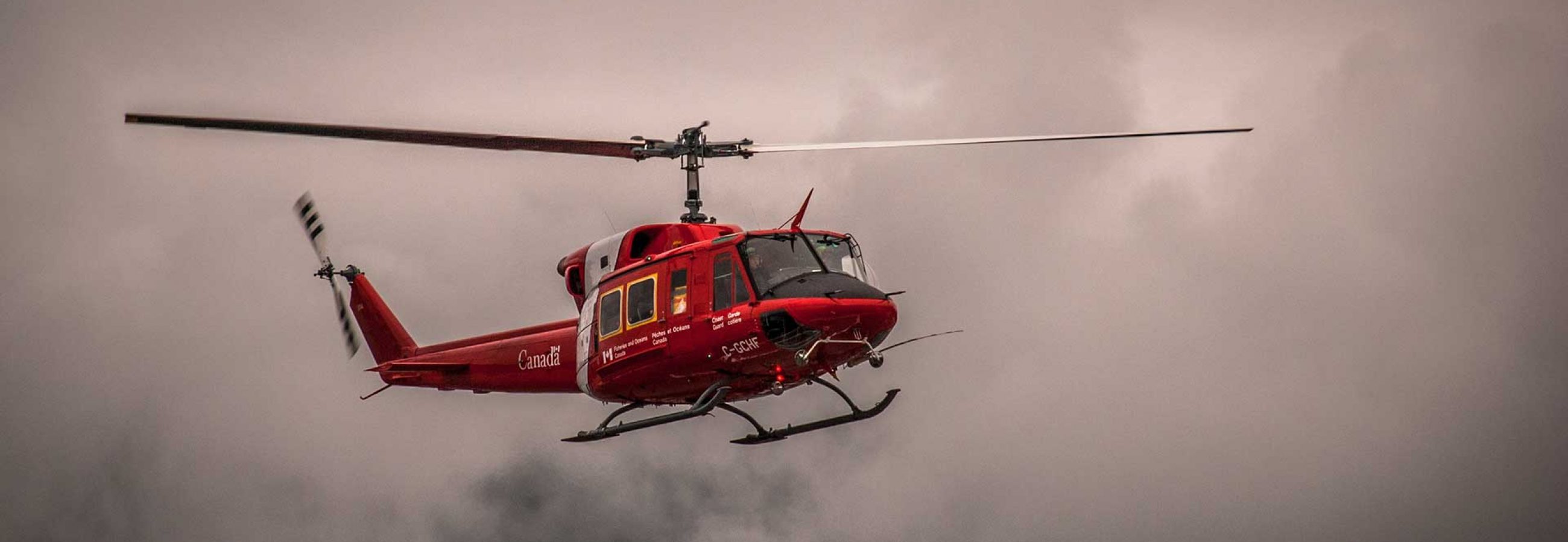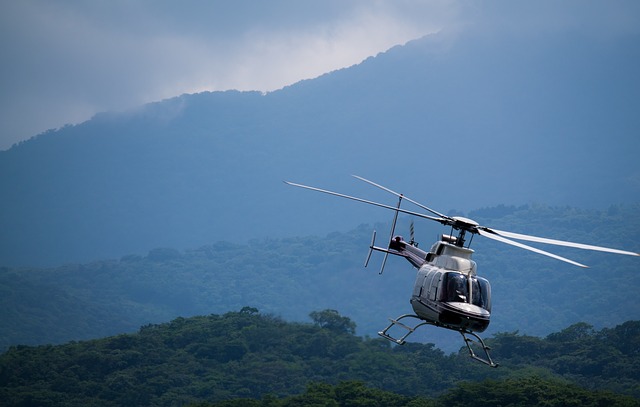Helicopters have been in focus over the years due to the deadly crashes that have made people worried about the safety of such flights. The classification of helicopters depends on design or purpose. The design is what most people are familiar with as it is focuses on observable features like the number of rotors and their positioning. Helicopters having an exposed tail rotor produce more noise than ones with a ducted rotor.
Challenges of Helicopter flights

Safety has, and remains, a top priority for helicopter manufacturers. Pilots undergo intensive training to enable them to handle different weather conditions, mechanical problems and unforeseen obstacles. One of those obstacles is loss of tail-rotor effectiveness (LTE), an interesting yet risky phenomenon where the pedals stop working correctly and the effect is having the helicopter turn in circles. Accidents resulting from LTE happen when the helicopter is a low airspeed and altitude.
Safety features

Helicopters produce a lot of noise, which is uncomfortable for travellers and close observers. Both the main and tail rotor produce noise but with dissimilar frequencies. Luckily, technology has made it possible for the aircraft to produce less noise, making the flight much more enjoyable. A helicopter has a speed limit of 250 km/h, while the Eurocopter X3 is the fastest with a recorded speed of 293 mph/472 km/h.
When it comes to safety, all helicopters have a GPS that provides guidance to the pilot in all weather conditions and most critical when the visibility is poor. To avoid a collision, a radio altimeter is vital in alerting the pilot of other planes in the air space, traffic avoidance and terrain awareness systems are important as well. Helicopters now have sophisticated Avionics equipment to ensure the safety of everyone on board.


